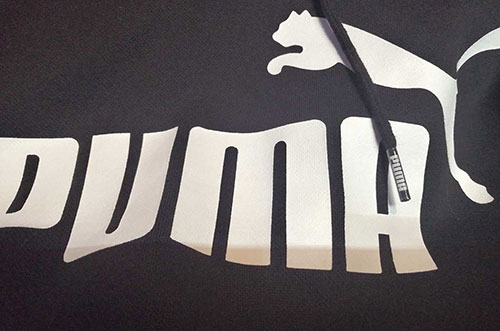PP samples are frequently used in the garment industry. It’s very important for the subsequent production process. Today’s post focuses on more than these points. Let’s take a look.
What is a PP sample?
A PP sample, also known as a pre-production sample, is used to confirm the details, features, and quality of the product. If the sample does not meet the requirements, you can ask the factory to modify it until it is confirmed to be OK. The final confirmed sample, also known as a golden sample, is a reference for mass production.
For samples that are in stock, you only need to pay for shipping. For custom samples, you need to pay for the sample and shipping costs. The sample fee depends on the product, the complexity of the design, and the printing type.
For example, if you want to print a simple logo on a sweatshirt by screen printing, the sample fee is about $10-$15. If you need to customize the size, print label, or pattern of the garment, the sample fee is about $50-$70. If you want to print a particularly complex pattern, for example, you want to combine embroidery and digital printing, then the sample fee will be higher. But this fee will be refunded when you place the order.

simple logo by screen printing

complex pattern by embroidery and DTG printing
Why is a PP sample important?
PP sample is important in the whole production process. For factories, PP sample helps them to calculate the actual production cost and production time. Specifically, the ease of each process, time and quality requirements, etc.
For importers, the purpose of sampling is to ensure that the factory understands exactly what you want from the product. Even though you have provided the product specification sheet, the factory may have deviations in understanding the details of specific materials, features, etc.
At the same time, this is also a way to test the ability of the factory. Many factories claim to be able to customize the product 100% according to your requirements, but in reality, the result is not at all what you want.
Ways to guarantee the quality of the PP samples
Write down your checklist
A checklist is a good idea. In other words, you should know what your perfect product is like. According to your design drawings, you must indicate the dimensions and some details of the items so that your suppliers can have a reference and strictly enforce them.
Get timely feedback
If you are concerned about some details of the product, you can communicate with the factory and get it modified according to their comments. At the same time, the factory should also provide timely feedback on the problems encountered and negotiate solutions with you.
Check the samples
Based on your product specification sheet, you can check the appearance of the sample, such as whether the color, size, label, and printed pattern are clear and correct, and determine whether there is any difference with your ideal sample.
You can also find a quality inspection company to test the quality of the samples, such as whether the clothing fabric is safe, whether wear resistance and breathability are good, and whether it meets the requirements of clothing, such as the U.S. ASTM standards and the European Union’s EN standards, etc.

defects in pattern printing
Modify the samples
If you need to make changes to your samples or have questions about them, you can talk to the factory to make sure your needs are met.
Submit production requirements
If the sample is confirmed to be correct, you can submit it for production. You can confirm the production schedule with the factory to ensure it is smooth.
Things to consider after the PP samples
After several negotiations, you finally receive a pp sample that meets or exceeds your requirements. You are very satisfied and place an order. But it doesn’t mean you can be totally at ease. Because the factory may not produce strictly according to the standard of the sample. Also, defects in the production process are very common. Here are two things you can consider.
Follow up on the production
Some unreliable factories may cut corners in the production process or lack strict quality management for key processes. You can find a sourcing company to help you monitor the production. For example, JingSourcing will send professional sourcing agents to put pressure on the factory and follow up on the production on your behalf.
Arrange quality inspection
After mass production, you can get a QC company or a sourcing company like JingSourcing to check the product defect rate for you. If the product is shipped to you without quality inspection, you are likely to receive many defective products, and then it will be too late. If you check for problems before shipping, you can have the factory modify, redo or compensate.
From the golden sample to the finished product, each step is not simple. You may encounter a variety of problems and worry about being cheated by the factory. In this case, working with a sourcing company is a wise choice.
On the one hand, they can help you find reputable suppliers with good production ability. On the other hand, they can also visit factories on-site to inspect their production facilities and track production processes. In addition, they can do strict QC for you so you don’t have to worry about the quality of your products.
JingSouring Ensures Your 100% Product
- Various products sourcing
- At a competitive price
- Production follow-up

Leave A Comment